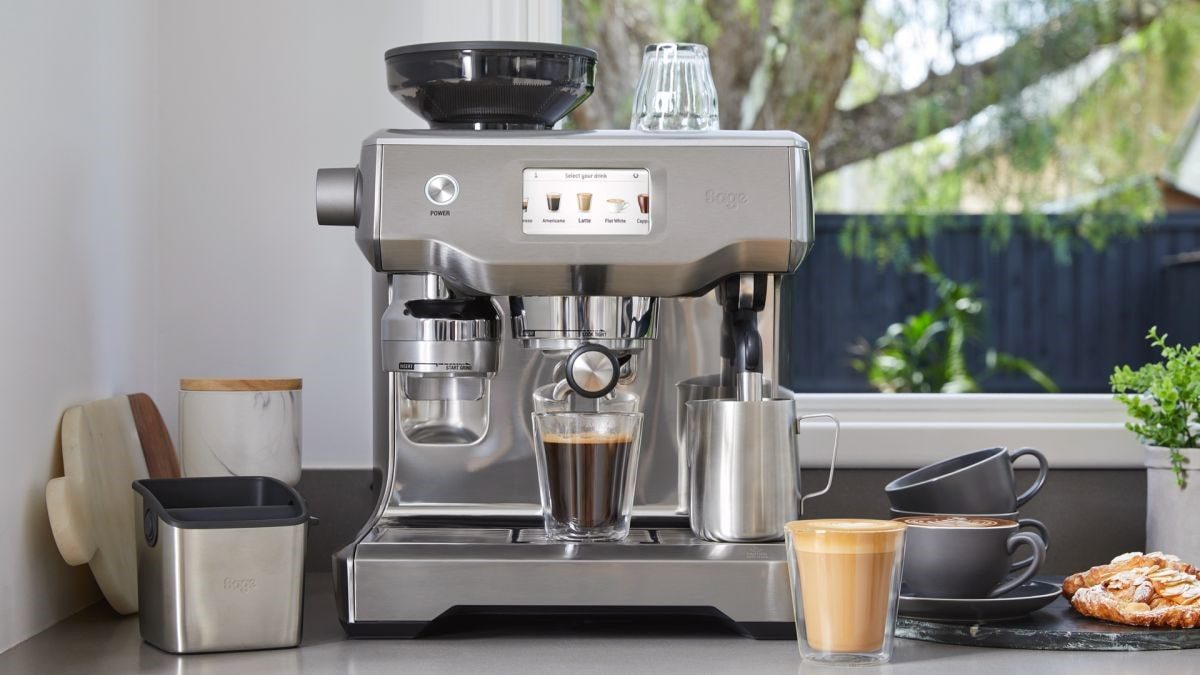

Articles
How Does A Coffee Machine Work
Modified: January 5, 2024
Discover how coffee machines work in this informative article. Explore the inner workings and mechanisms behind your favorite morning brew.
(Many of the links in this article redirect to a specific reviewed product. Your purchase of these products through affiliate links helps to generate commission for Storables.com, at no extra cost. Learn more)
Introduction
Nothing beats the aroma of freshly brewed coffee in the morning, or any time of the day for that matter. But have you ever wondered how that humble coffee machine sitting on your kitchen countertop is able to transform those coffee grounds into a steaming cup of perfection?
In this article, we will take a closer look at the inner workings of a coffee machine and unravel the mystery behind its brewing process. From the components that make up the machine to the steps involved in creating your favorite caffeinated beverages, we’ll explore it all.
So grab your favorite mug and let’s dive into the fascinating world of coffee machines.
Key Takeaways:
- Dive into the fascinating world of coffee machines and unravel the magic behind brewing your favorite cup of Joe. From heating elements to brewing strength, discover the science and artistry behind your daily caffeine fix.
- Embrace the versatility of coffee machines, from customizable brewing settings to specialty drink options. Keep your machine in top shape with regular maintenance, and savor the convenience of enjoying café-quality beverages in the comfort of your home.
Read more: How To Work A Mr. Coffee Machine
Components of a Coffee Machine
A coffee machine consists of several key components, each playing a vital role in brewing that perfect cup of Joe. Let’s explore the main components:
- Water Reservoir: This is where you pour in the water needed for brewing your coffee. It is typically located at the back or side of the machine.
- Filter Basket: The filter basket is where you place the coffee grounds. It holds the grounds and allows hot water to pass through, extracting the flavors from the coffee.
- Heating Element: The heating element is responsible for heating the water to the optimal brewing temperature. It is usually located at the base of the machine.
- Pump: The pump is responsible for drawing water from the reservoir and forcing it through the coffee grounds. It creates the pressure needed for proper extraction.
- Brew Head: The brew head is where the hot water and coffee grounds meet. It directs the water evenly over the grounds, ensuring consistent extraction.
- Drip Tray: The drip tray is located beneath the brew head and catches any excess water or coffee that may drip during brewing. It prevents messes and makes cleaning easier.
- Control Panel: Many modern coffee machines come equipped with a control panel or buttons that allow you to choose your desired brewing settings, such as brew strength and cup size.
- Carafe or Cup Stand: This is where you place your coffee mug or carafe to collect the brewed coffee. It should be the right size to accommodate your preferred brewing quantity.
These components work together harmoniously to deliver that delicious cup of coffee to your waiting taste buds.
Brewing Process
The brewing process is where the magic happens. It’s the moment when hot water meets coffee grounds, extracting the flavors and aromas to create that satisfying cup of coffee. Let’s take a closer look at the steps involved:
- Filling the Water Reservoir: Start by filling the water reservoir with the desired amount of water. Be sure not to overfill it to prevent any spills or accidents.
- Inserting the Filter Basket: Place a paper or reusable filter into the filter basket and add the desired amount of coffee grounds. The grind size and coffee-to-water ratio will depend on your personal preference.
- Setting the Controls: If your coffee machine has a control panel, use it to set your preferred brewing settings. This may include the brew strength, brewing time, and temperature.
- Positioning the Carafe or Cup: Place your empty coffee mug or carafe on the cup stand or designated area beneath the brew head, ensuring it is properly positioned to collect the brewed coffee.
- Starting the Brewing Process: Press the start button or initiate the brewing process through the control panel. The machine will start heating the water and pumping it through the coffee grounds.
- Extraction and Dripping: As the hot water passes through the coffee grounds, it extracts the flavors and oils, creating the brewed coffee. It will then drip down into the carafe or cup placed beneath the brew head.
- Completing the Brew: Once the brewing process is complete, the coffee machine will stop the water flow and indicate that your coffee is ready. You can now remove the carafe or cup and enjoy your cup of freshly brewed coffee.
Each step in the brewing process is carefully designed to ensure you get the best possible cup of coffee, with rich flavors and aromas that tantalize your senses.
Heating and Water Flow
Heating the water to the ideal temperature and ensuring proper water flow are crucial factors in brewing a delicious cup of coffee. Let’s explore how these processes work:
Heating: The coffee machine’s heating element plays a vital role in heating the water to the optimal brewing temperature, typically between 195°F and 205°F (90°C – 96°C). As the water is heated, it reaches the ideal temperature required to extract the flavors from the coffee grounds. The heating element maintains a consistent temperature throughout the brewing process, ensuring a consistent and flavorful cup of coffee.
Water Flow: Once the water reaches the desired temperature, the pump in the coffee machine is activated. The pump draws water from the reservoir and forces it through the coffee grounds in the filter basket. The water flows evenly over the coffee grounds, allowing for proper extraction. The pump creates the necessary pressure, typically measured in bars, to ensure the water evenly saturates the coffee grounds, extracting the desired flavors and aromas.
Proper heating and water flow are essential in achieving a well-extracted cup of coffee. If the water is not heated to the correct temperature or if the water flow is too slow or too fast, it can result in an under-extracted or over-extracted brew, affecting the taste and quality of the coffee.
When using a coffee machine, make sure to clean the machine regularly to prevent buildup of coffee oils and residue, which can affect the taste of your coffee.
Brewing Strength and Specialty Drinks
When it comes to coffee, everyone has their preferred brewing strength and taste. Coffee machines offer various options to customize your brew and even create specialty coffee drinks. Let’s explore these features:
Brewing Strength: Many coffee machines allow you to adjust the brewing strength to cater to your taste preferences. This feature controls the amount of coffee extracted from the grounds during the brewing process. You can typically choose between options like regular, strong, or even extra-strong brew. Adjusting the brewing strength allows you to achieve a more robust or milder cup of coffee, depending on your preference.
Specialty Drinks: Some coffee machines go beyond the standard black coffee and offer specialty drink options. These machines often come equipped with a milk frother or steam wand, allowing you to create lattes, cappuccinos, or other milk-based beverages. With the press of a button or a few simple steps, you can transform your coffee into a velvety, frothy delight. These machines often have pre-programmed settings for different specialty drinks, making it convenient to achieve café-quality beverages at home.
Whether you prefer a strong, bold cup of coffee or enjoy indulging in specialty drinks, coffee machines offer a range of options to tailor your brew to your liking. Experiment with different settings and recipes to discover your perfect cup of coffee.
Read more: Why Is My Coffee Machine Not Working
Maintenance and Cleaning
Proper maintenance and regular cleaning of your coffee machine are essential for its longevity and to ensure the quality of your brew. Here are some important maintenance and cleaning practices:
Regular Cleaning: It’s important to clean your coffee machine regularly to remove any built-up coffee residue or oils that can affect the taste of your brew. Follow the manufacturer’s instructions for cleaning, which may include rinsing the water reservoir, cleaning the filter basket, and wiping down the exterior surfaces of the machine. Some machines also have self-cleaning cycles that help to remove any remaining residues.
Descale the Machine: Over time, mineral deposits from water, known as scale, can accumulate in the coffee machine’s internal components. This can affect the machine’s performance and the taste of your coffee. Descaling involves using a descaling solution or a mixture of water and vinegar to remove these deposits. Follow the manufacturer’s instructions on how often to descale your machine and the specific descaling process.
Replace Filters and Parts: Certain parts of the coffee machine, such as filters and seals, may need to be replaced periodically to ensure optimal performance. Check the manufacturer’s guidelines to determine the recommended replacement schedule for these parts.
Proper Storage: If you plan to store your coffee machine for an extended period or when moving it, ensure it is properly cleaned and dried beforehand. Store it in a cool and dry place to prevent any damage or deterioration.
By following these maintenance and cleaning practices, you can keep your coffee machine in top shape and enjoy consistent, delicious brews every time.
Conclusion
Coffee machines have revolutionized the way we enjoy our daily cup of coffee. With their intricate components and precise brewing processes, these machines bring convenience, versatility, and deliciousness to our kitchens.
From the basic components like the water reservoir, filter basket, and heating element, to the more advanced features like adjustable brewing strength and specialty drink options, coffee machines offer a range of customization to suit every coffee lover’s preferences.
Understanding the brewing process, from heating the water to proper water flow, allows us to appreciate the science behind creating that perfect cup of coffee. It’s the combination of temperature, water pressure, and extraction time that brings out the unique flavors and aromas found in our favorite coffee beans.
Maintaining and cleaning your coffee machine regularly not only ensures its longevity but also guarantees the best possible coffee experience. Taking the time to descale, replace filters and parts, and store the machine properly will help preserve its performance for years to come.
So whether you crave a strong, black coffee to kickstart your day or a velvety latte for a mid-afternoon pick-me-up, your trusty coffee machine is there to deliver. Enjoy exploring different brewing techniques, experimenting with flavors, and indulging in the comforts of a freshly brewed cup of coffee in the comfort of your own home.
Cheers to the incredible coffee machines that help us start our mornings on a high note and satisfy our caffeine cravings throughout the day!
Frequently Asked Questions about How Does A Coffee Machine Work
Was this page helpful?
At Storables.com, we guarantee accurate and reliable information. Our content, validated by Expert Board Contributors, is crafted following stringent Editorial Policies. We're committed to providing you with well-researched, expert-backed insights for all your informational needs.
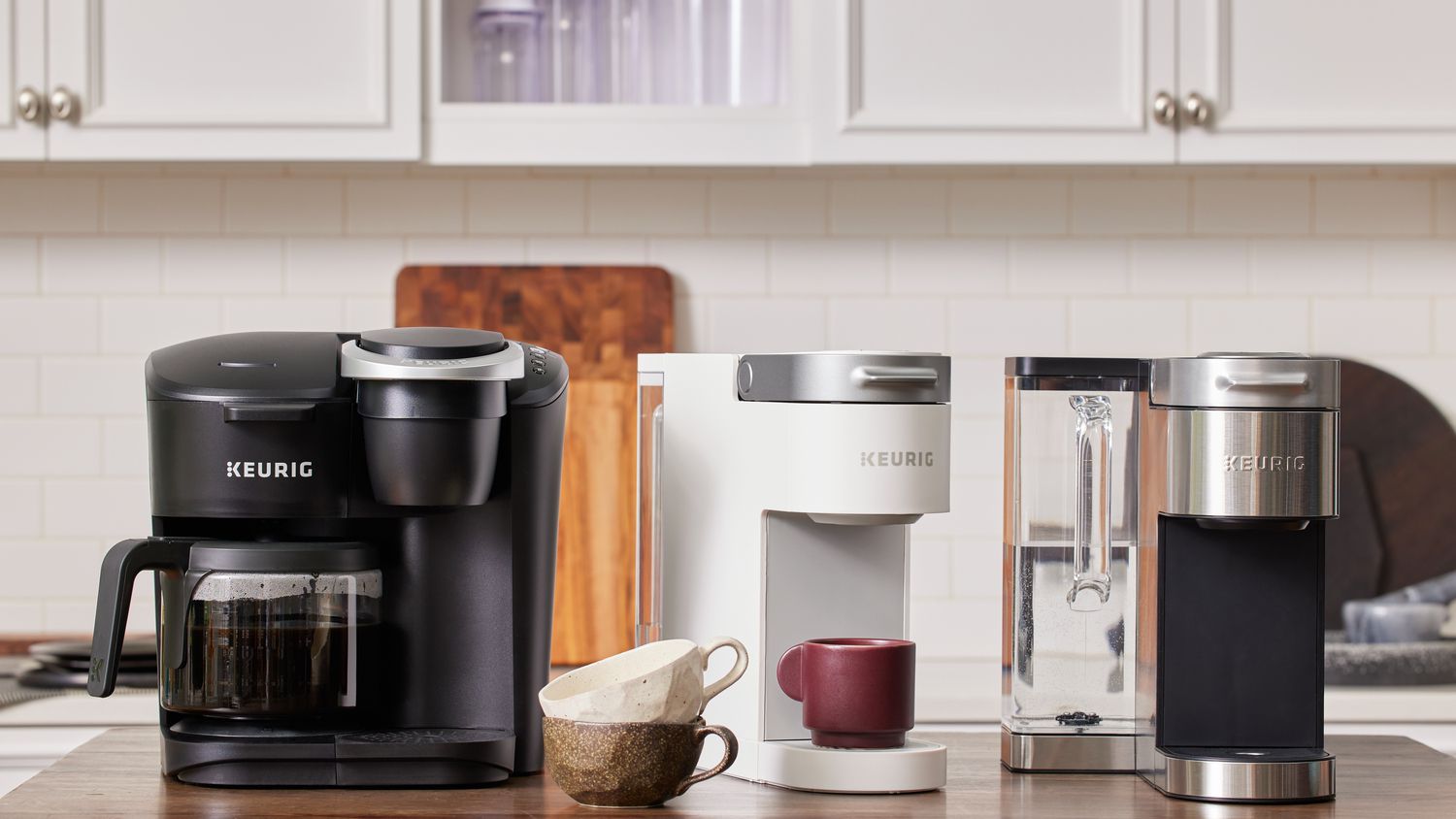
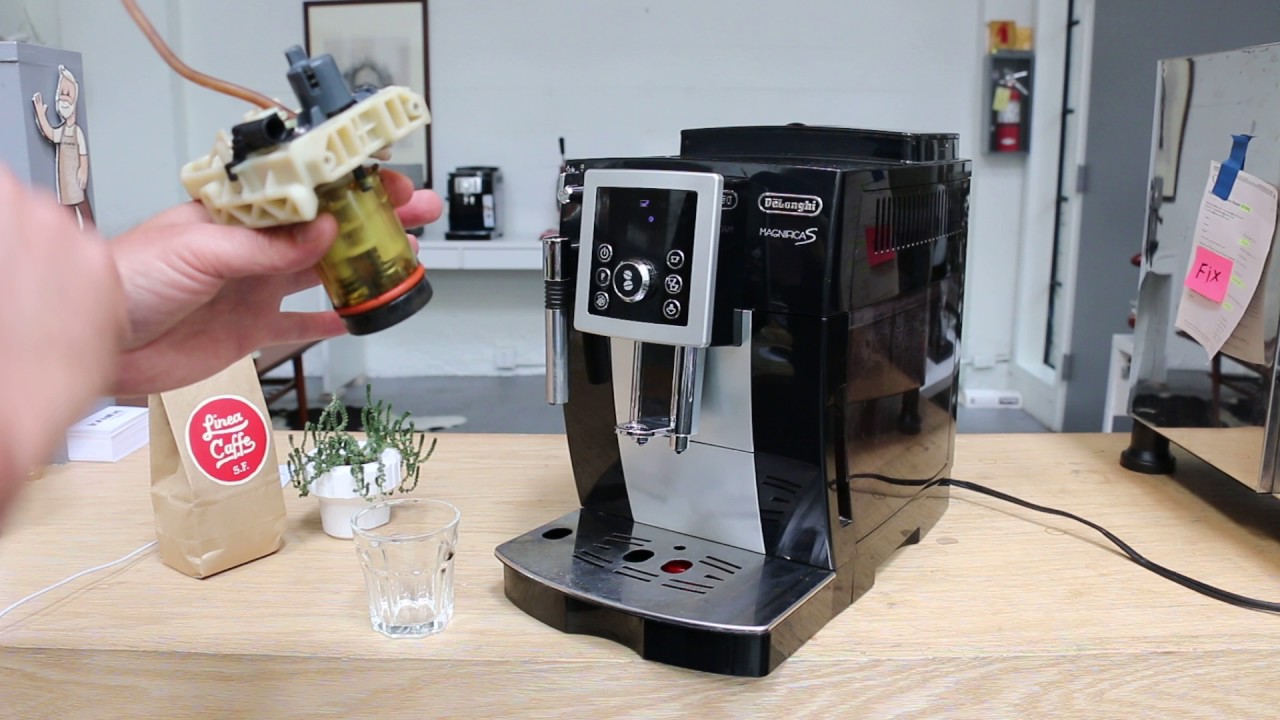
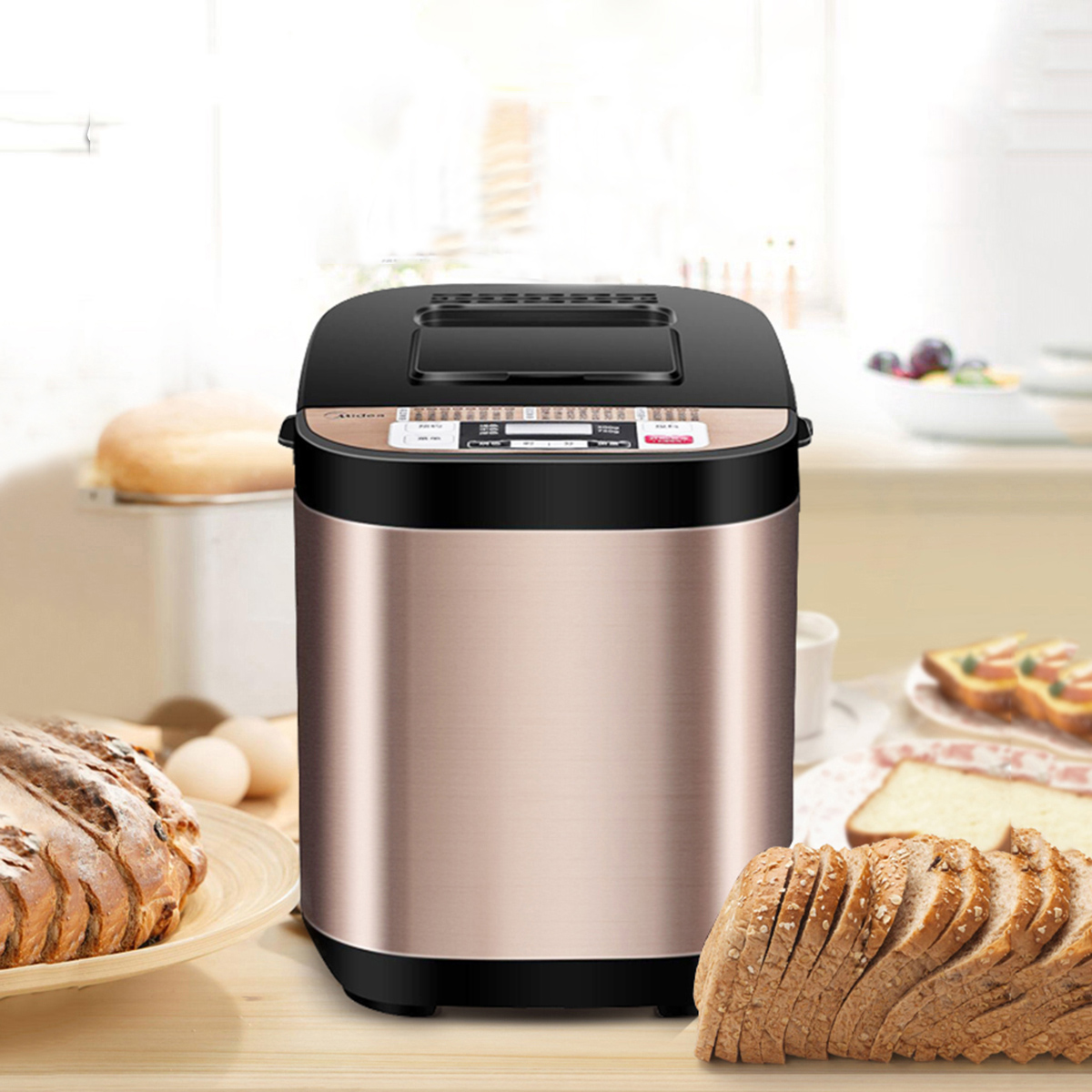

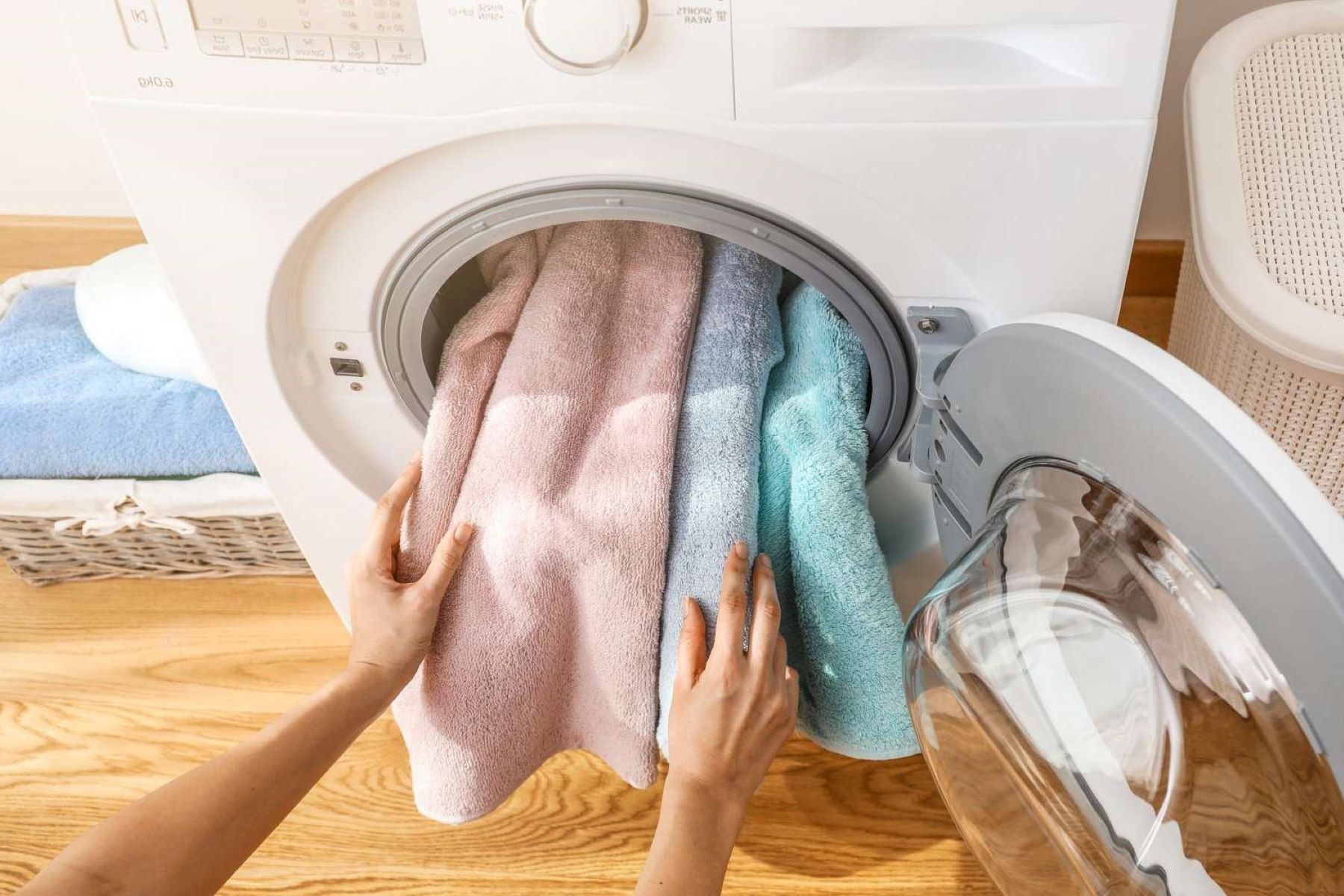
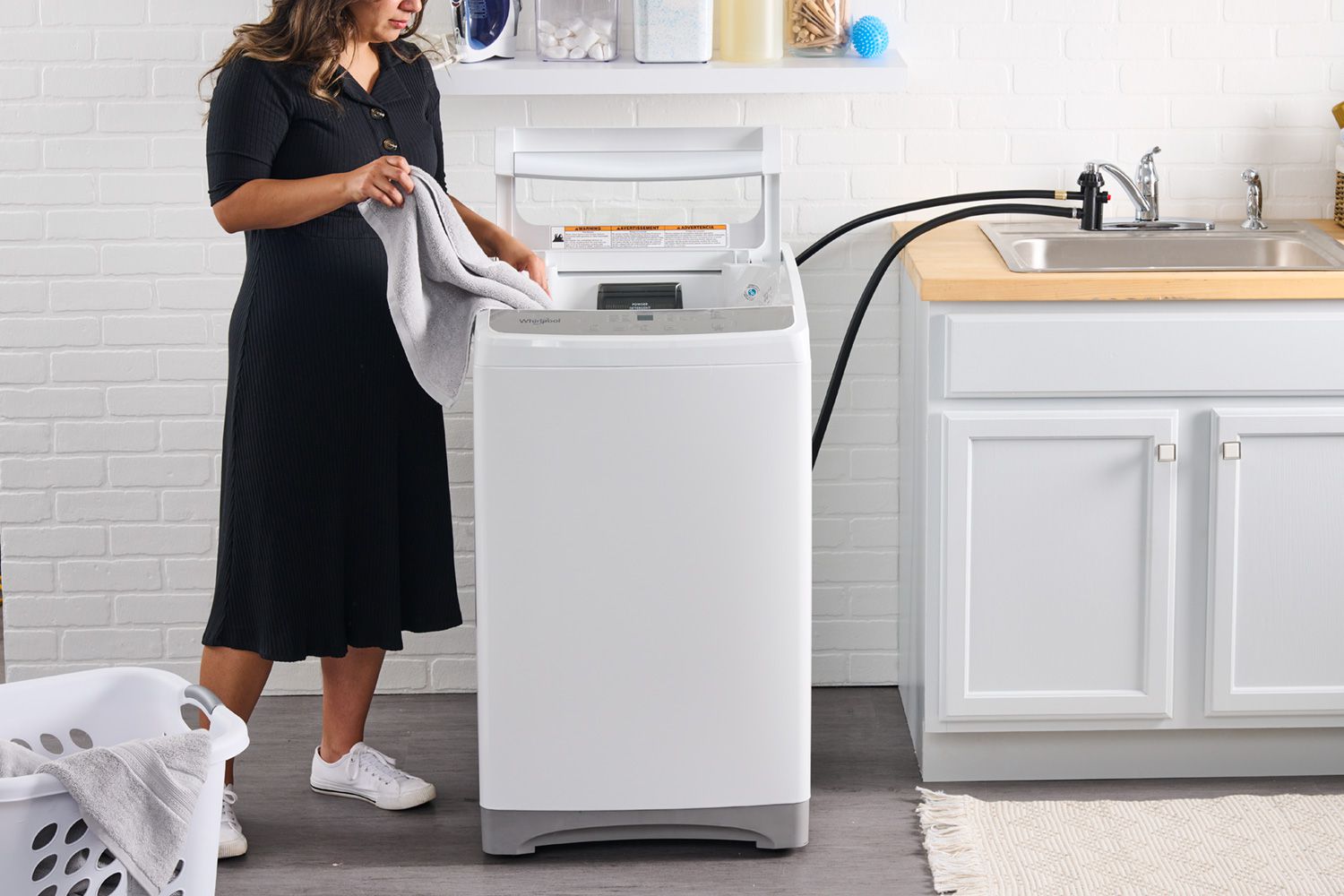
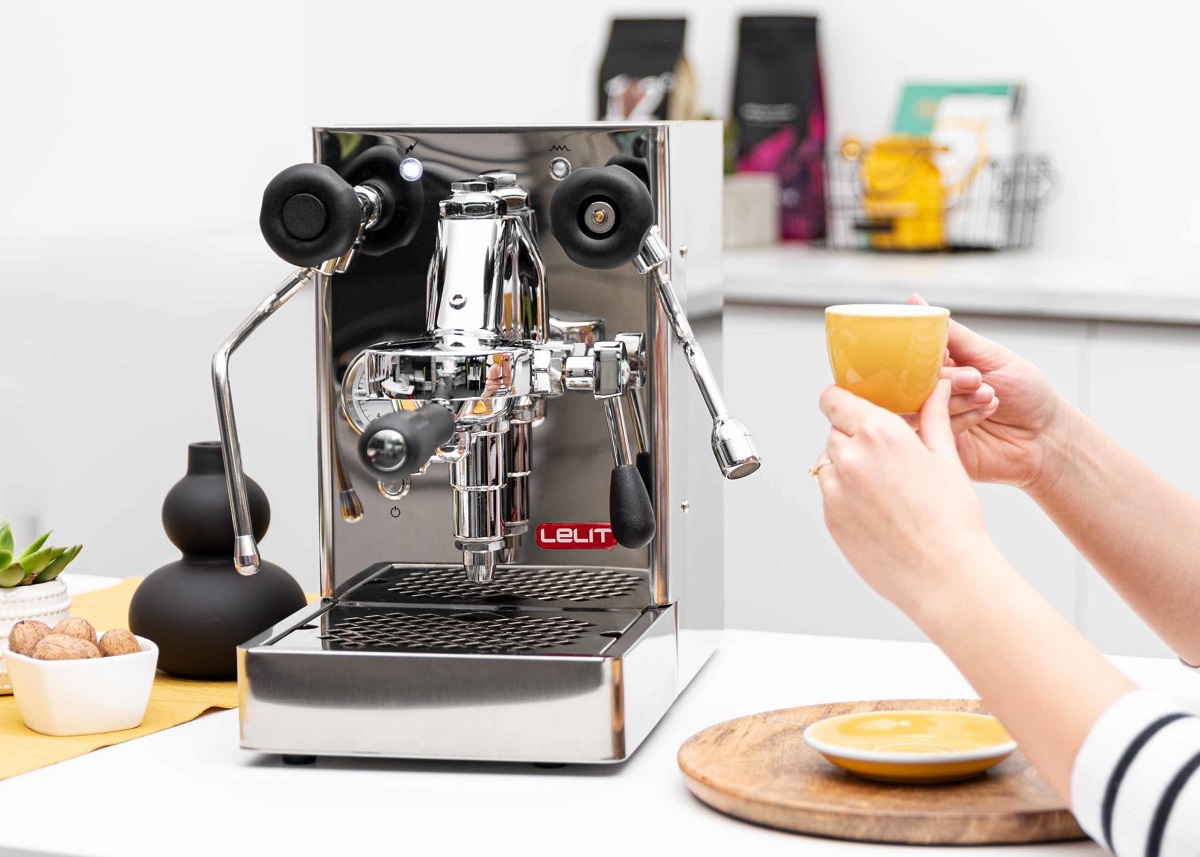
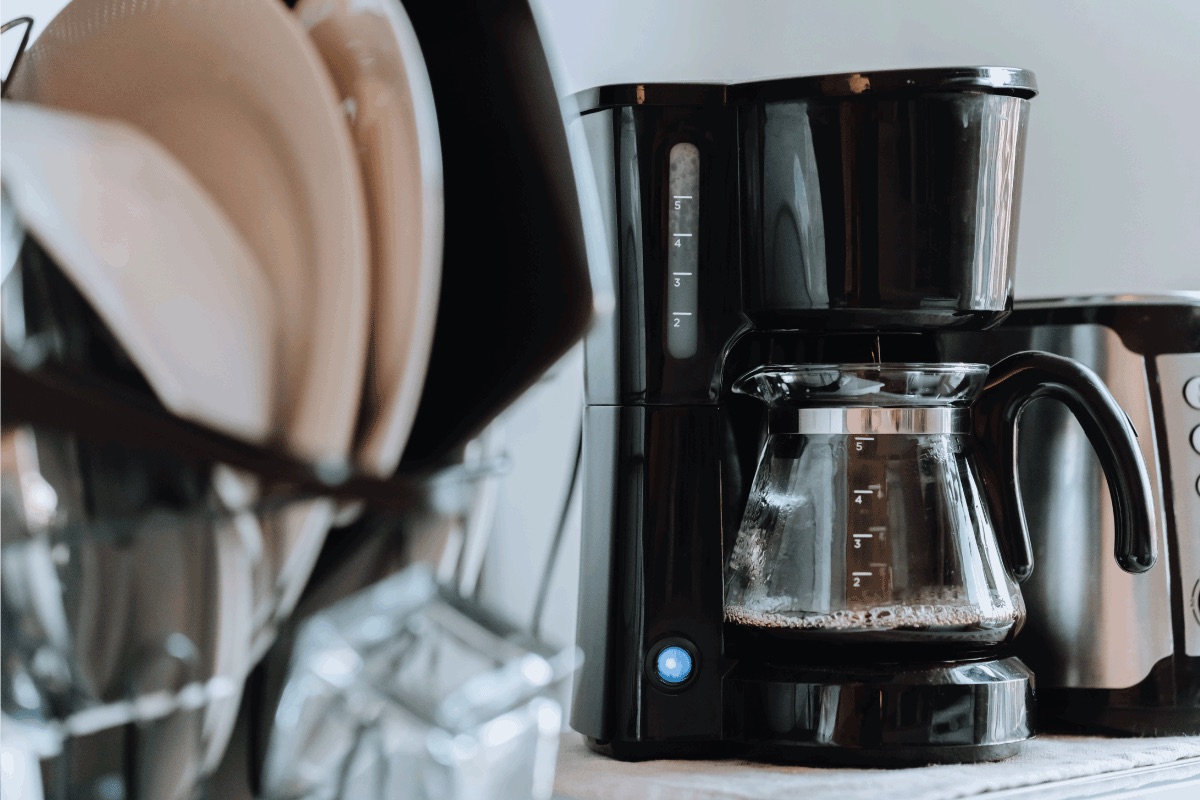
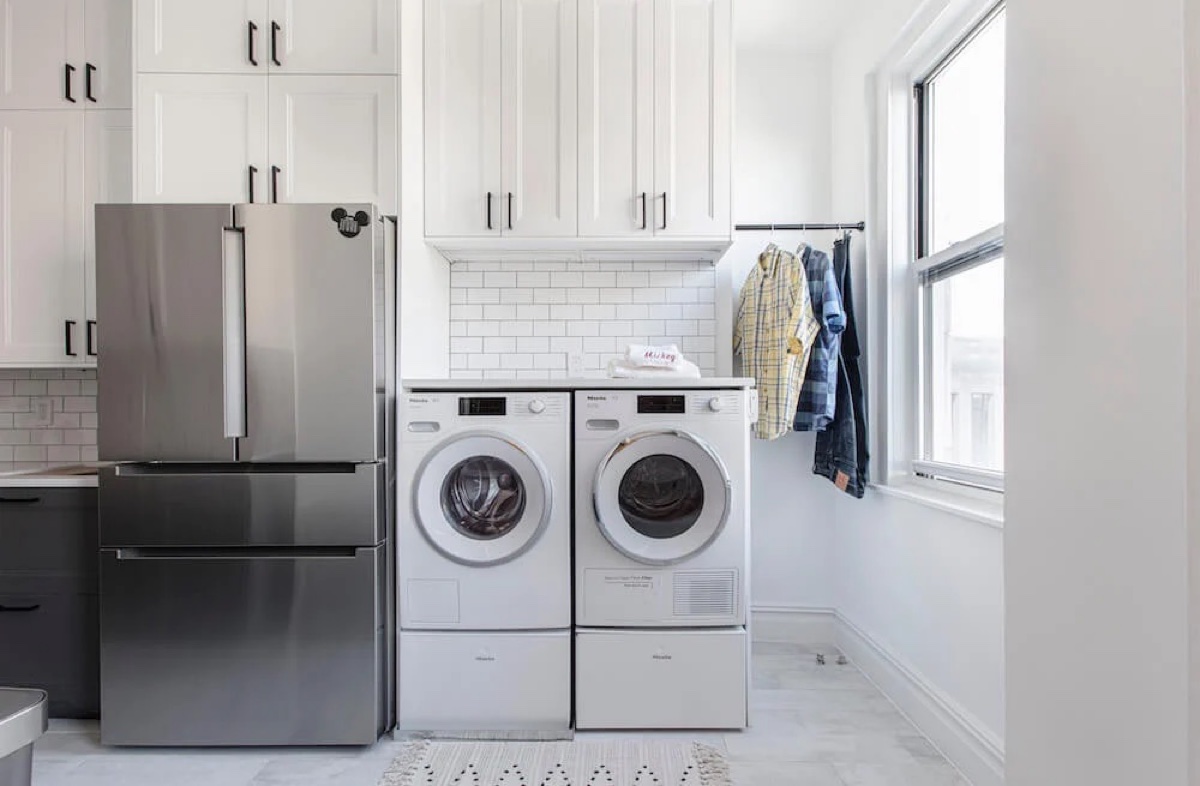
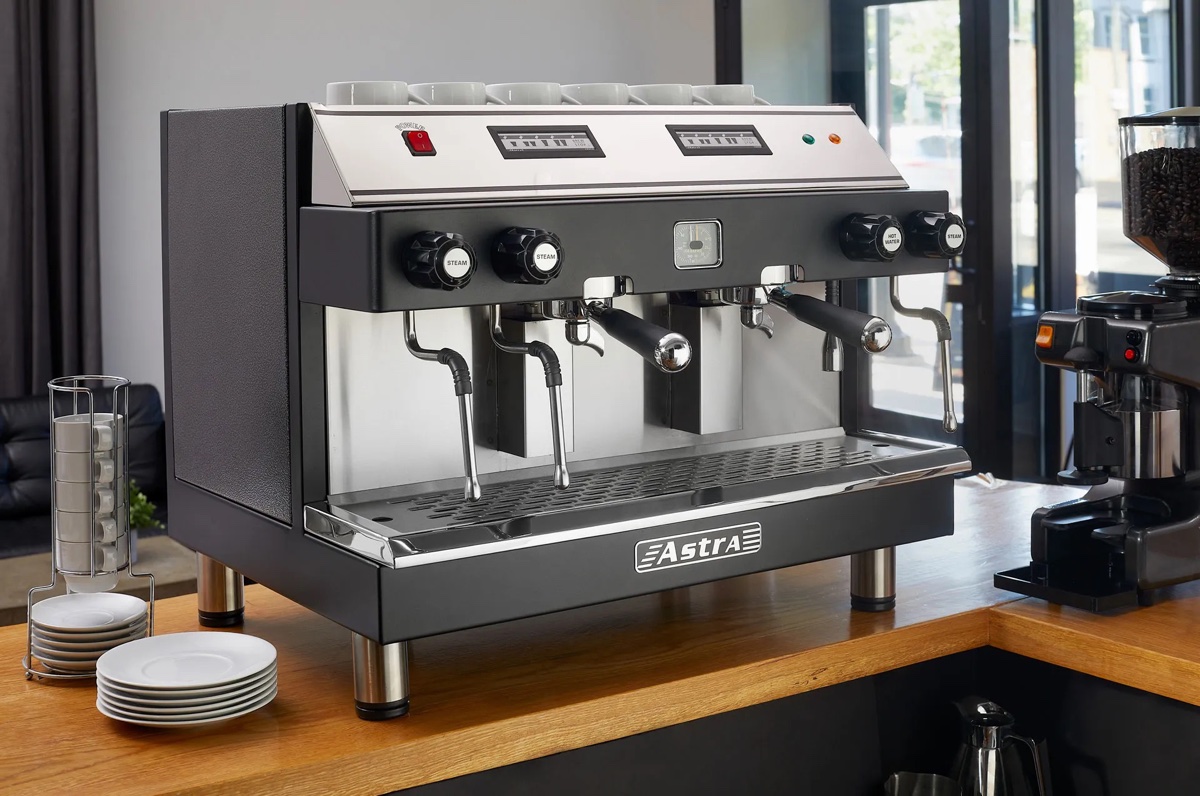
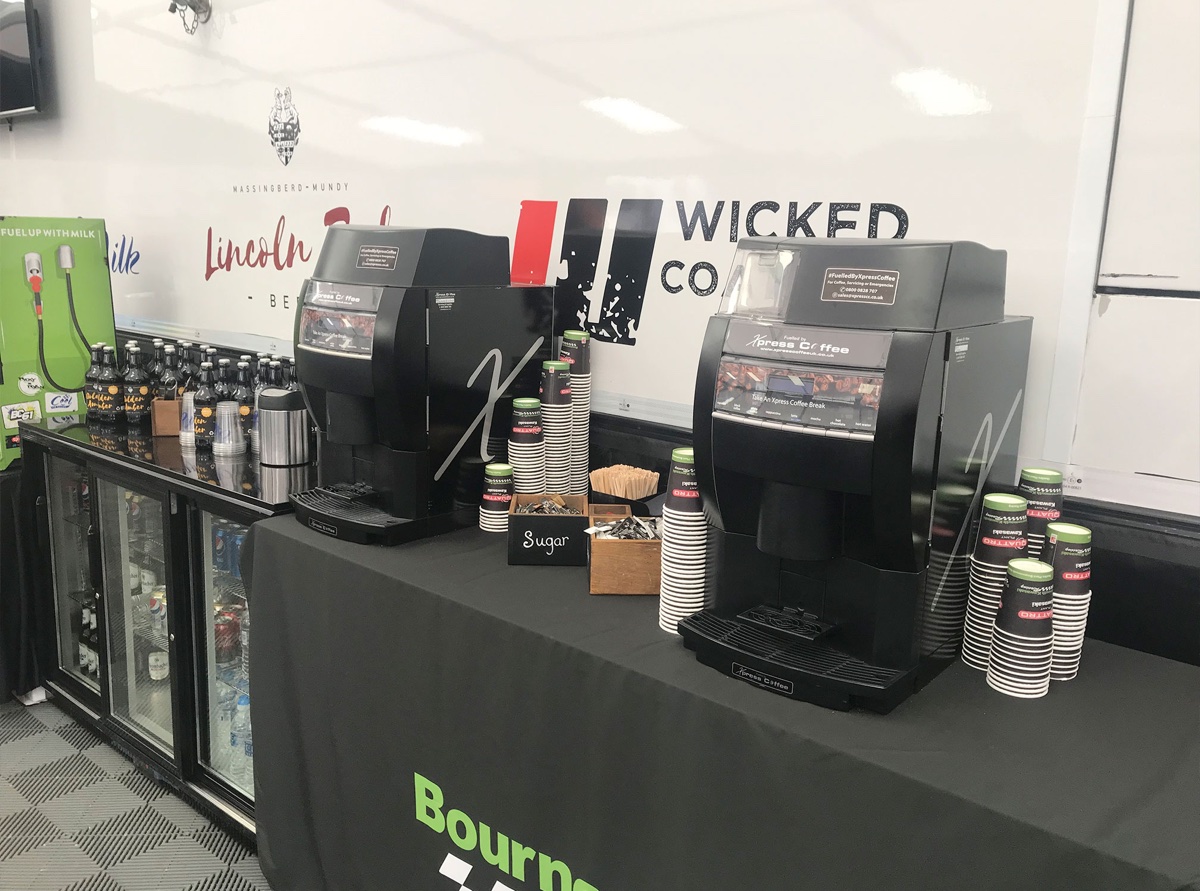
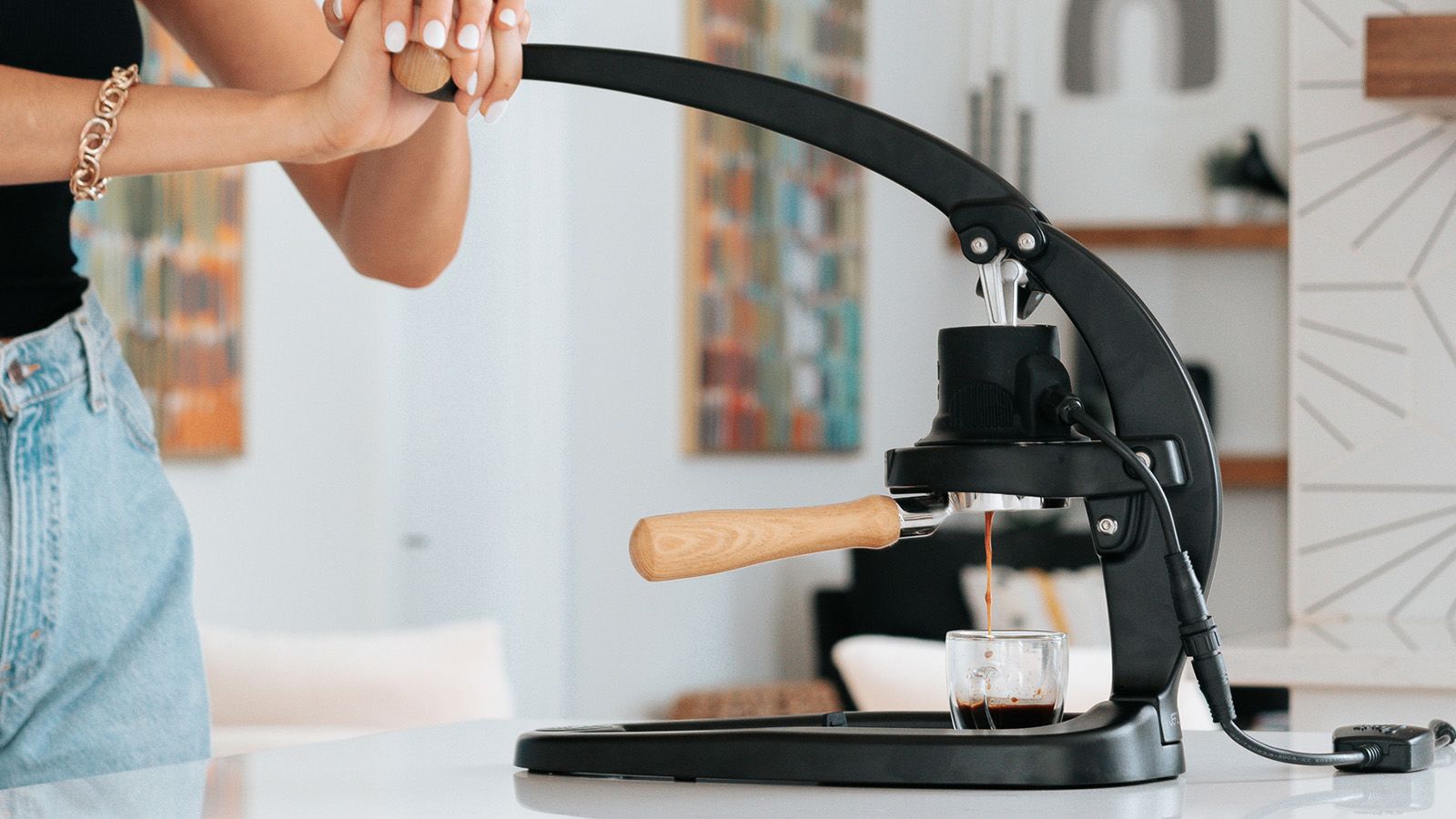
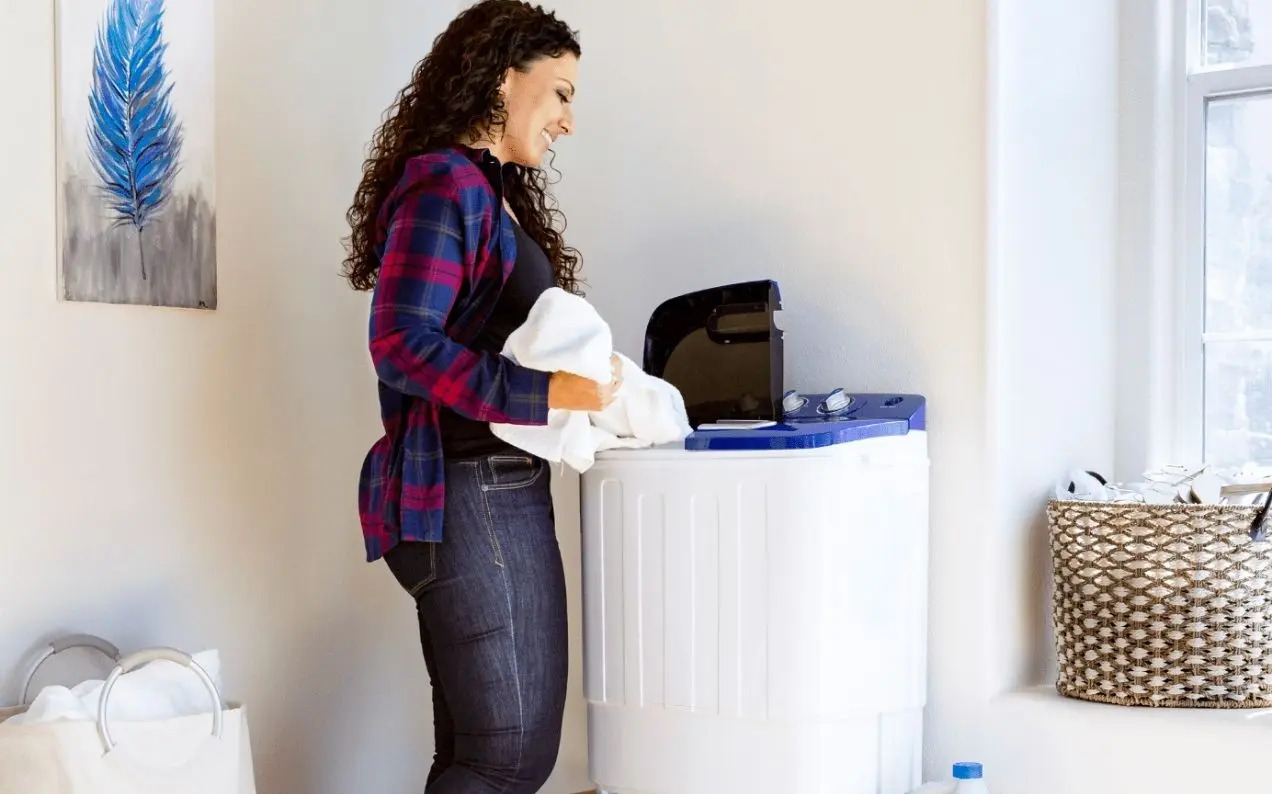
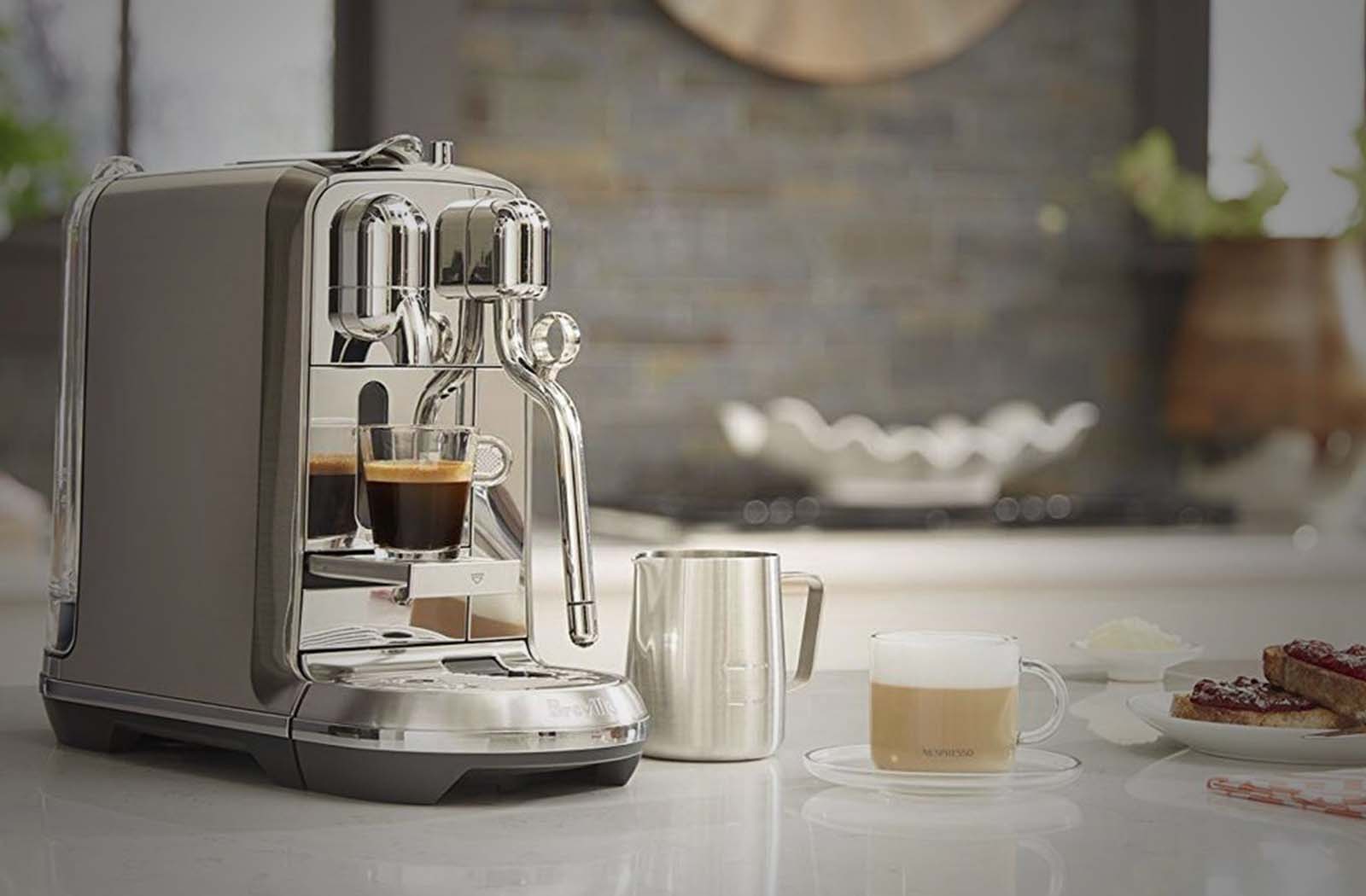

0 thoughts on “How Does A Coffee Machine Work”